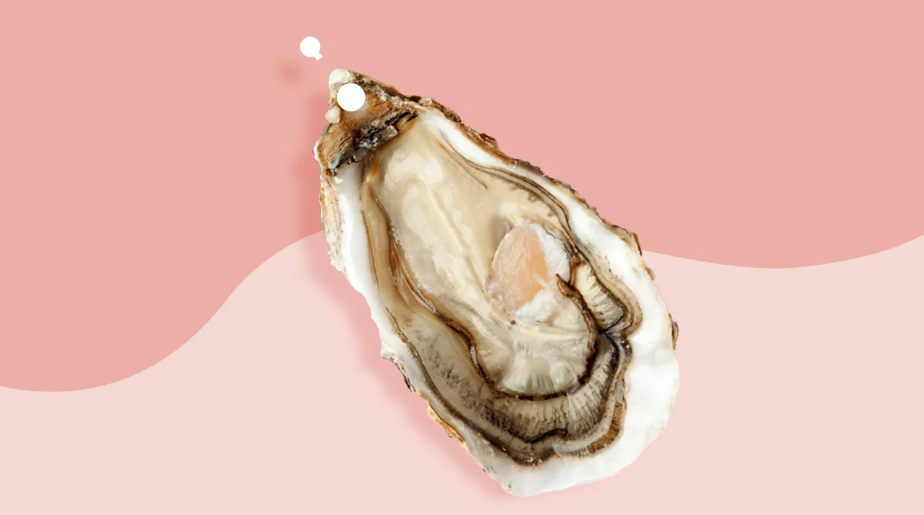Christina Piercing: A Complete Guide

Christina Piercing: A Complete Guide
What is a Christina Piercing?
A Christina piercing is a type of female genital piercing that is placed vertically through the top of the vulva, where the outer labia meet the mons pubis. This piercing is primarily decorative and is known for its unique and elegant appearance. Unlike other genital piercings, the Christina piercing does not typically stimulate sexual pleasure but is chosen for its aesthetic appeal.

The piercing is named after the area it is placed in, often referred to as the "Christina" or "Venus mound." It is a surface piercing, meaning it does not penetrate deeply into the tissue, which can make it more challenging to heal compared to other piercings.
Christina Piercing Healing Process
The healing process for a Christina piercing can take anywhere from 6 to 9 months, depending on the individual's body and aftercare routine. Since it is a surface piercing, it is more prone to migration and rejection, so proper care is essential.
Healing Timeline
- Week 1-2: Initial swelling, redness, and tenderness are common. Avoid tight clothing and strenuous activities.
- Month 1-3: Swelling should subside, but the piercing may still be sensitive. Continue cleaning with saline solution.
- Month 4-6: The piercing should start to feel more stable, but full healing is still ongoing.
- Month 6-9: The piercing is fully healed, but regular cleaning and care are still recommended.
Aftercare Tips
- Clean the piercing twice daily with a saline solution.
- Avoid touching the piercing with dirty hands.
- Wear loose, breathable clothing to prevent irritation.
- Avoid swimming pools, hot tubs, and other bodies of water during the healing process.
- Do not use harsh chemicals or alcohol-based products on the piercing.
Risks and Considerations
While Christina piercings are generally safe when performed by a professional, there are some risks to be aware of:
- Migration and Rejection: Due to its surface placement, the piercing may shift or be pushed out by the body.
- Infection: Poor aftercare can lead to infections, which may require medical attention.
- Scarring: If the piercing is removed, there may be visible scarring.
- Discomfort: Some individuals may experience discomfort during the healing process.
Choosing the Right Jewelry
The type of jewelry used for a Christina piercing is crucial for both comfort and healing. Common options include:
- Curved Barbell: The most popular choice, as it fits the natural contour of the area.
- Surface Bar: Designed specifically for surface piercings, reducing the risk of migration.
- Captive Bead Ring: Less common but can be used once the piercing is fully healed.
Always choose high-quality materials like surgical steel, titanium, or gold to minimize the risk of allergic reactions.
FAQs About Christina Piercing
Does a Christina Piercing Hurt?
Pain levels vary from person to person, but most describe the sensation as a sharp pinch followed by mild discomfort during the healing process.
Can I Exercise After Getting a Christina Piercing?
It is recommended to avoid strenuous exercise for at least 2-3 weeks to prevent irritation and promote healing.
How Much Does a Christina Piercing Cost?
The cost typically ranges from $50 to $100, depending on the piercer's experience and location.


















-520x350h.png)










Leave a comment